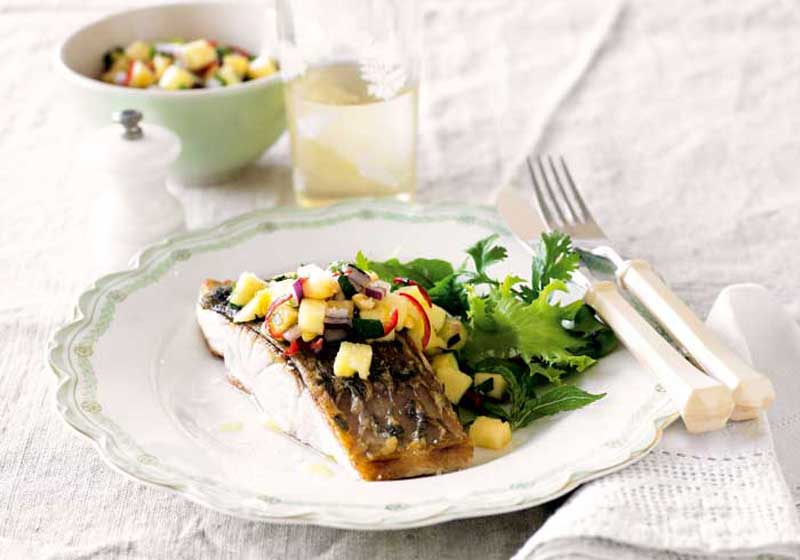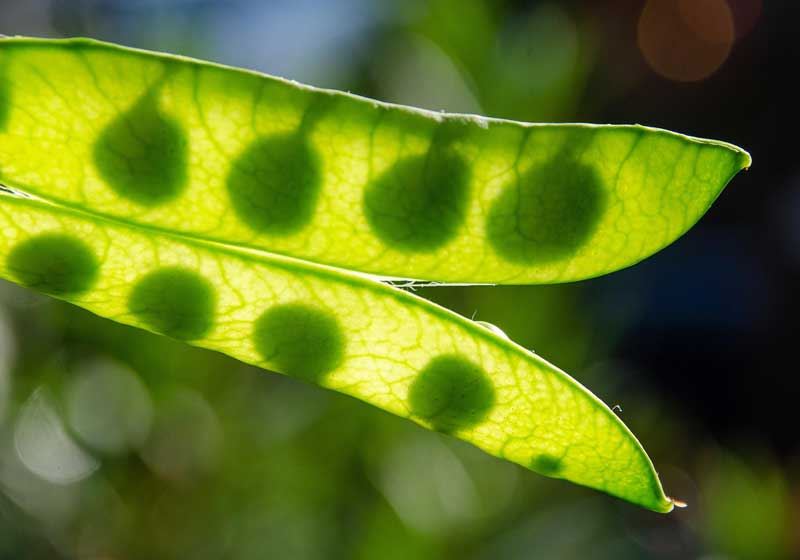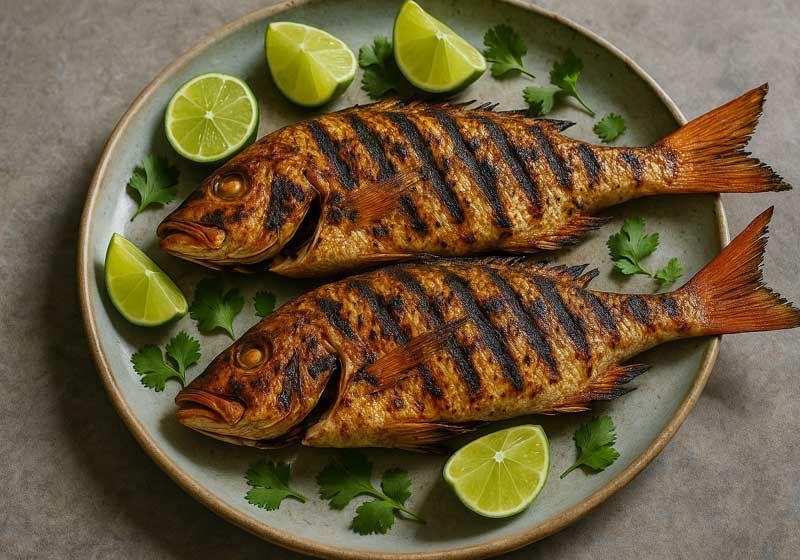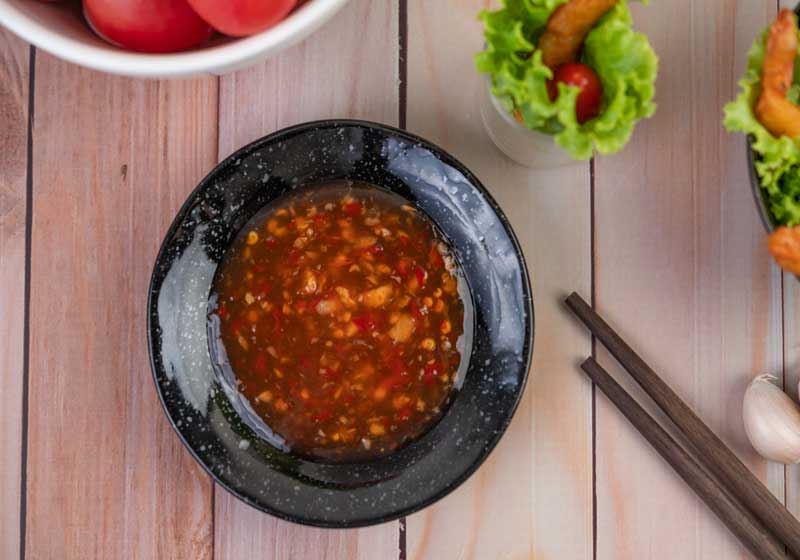Welcome to our new series where we’ll let you know what fruit and vegetables are market fresh this week, give you handy storage tips and recipes to make the most of seasonal produce.
A sweet fruit native to South America, pineapple contains an enzyme which breaks down protein, tenderises meat and stops gelatine from setting – not what we usually associate with this very Queensland Summer treat. High in vitamin C, pineapple also contains fibre and potassium and may help boost immunity, lower cancer risk and improve recovery time after surgery.

To choose a good pineapple, give it a squeeze – it should feel firm but give very slightly when ripe. You want just a little give as too much is a sign the pineapple may be too ripe – it’s actually easier to feel for what you don’t want. Rock solid is probably under-ripe so anything less than that is likely ready to eat.
Precut pineapple pieces and rings are super convenient, but there’s something really special about buying a whole pineapple. The easiest way to cut a pineapple is to lay it on its side on a clean cutting board, grab a Chef’s knife (not a serrated knife which may release too much liquid) and hold the fruit steady with your non-cutting hand.
Remove the spiky top and slice off the bottom trying not to lose too much flesh on either side, stand it upright and starting from the top slice downward to remove the rind, following the curvature of the fruit. Repeat until all the peel has been removed.

Grab a paring knife and gently slice off any ‘eyes’, dark spots or patches of rind that remain – you can use these along with any discarded rind and p[ineapple core to make tepache, a Mexican fermented pineapple drink.
Remove the core – the fibrous dark yellow circle that runs through the centre of the pineapple – slicing into four lobes, then cut the pineapple into chunks, spears or wedges as desired. To make pineapple rings, you can use a cookie cutter to remove the core or a small paring knife.
Pineapples can be left whole at room temperature for a couple of days until they reach preferred ripeness, then wrap in a plastic bag and store in the fridge for a few days. Unlike whole fruit, cut pineapple needs to be refrigerated immediately. Once you have cut it to the desired shape, place the pieces into a plastic bag or airtight food storage container.
The pineapple pieces are best eaten within four days, but can last for up to a week. When the pieces start to turn brown, that’s a sign it is going bad and will probably taste sour.
Freezing pineapple is a great way to preserve it if you’re not ready to enjoy it just yet. Frozen pineapple will stay fresh in the freezer for many months, though like any fruit it is better eaten sooner rather than later.

To freeze, line a baking tray with baking paper and spread the chopped pineapple pieces onto it. Place the entire tray into the freezer for a couple of hours, or until the pieces are frozen. Transfer into a freezer-safe bag or airtight container and replace into the freezer – the fruit is great used in smoothies, sorbets and frozen Margaritas.
To thaw, transfer the bag or container to the refrigerator and let it defrost overnight, For something a little quicker, submerge a bag of frozen pineapple into cold water.
Here are three recipes to use pineapple in ways you probably haven’t thought of:
Here’s a dinner that is fast, tasty, healthy and just right for Summer evenings. If there is no barramundi available, you can choose whatever is fresh and local from the fish shop. The pineapple salsa is really versatile too, try it with grilled chicken, or fish in a soft taco shell for another quick and delicious dinner.

This is the quickest weeknight dinner! That is especially true if your sauce and slaw are prepped ahead. Shrimp are easy to cook at home and roast quickly – you need them thawed and dried before using in this recipe.
A delicious Summery dessert showcasing pineapple by roasting it with rum and sugar, along with a creamy passionfruit curd and vanilla custard on the side.








